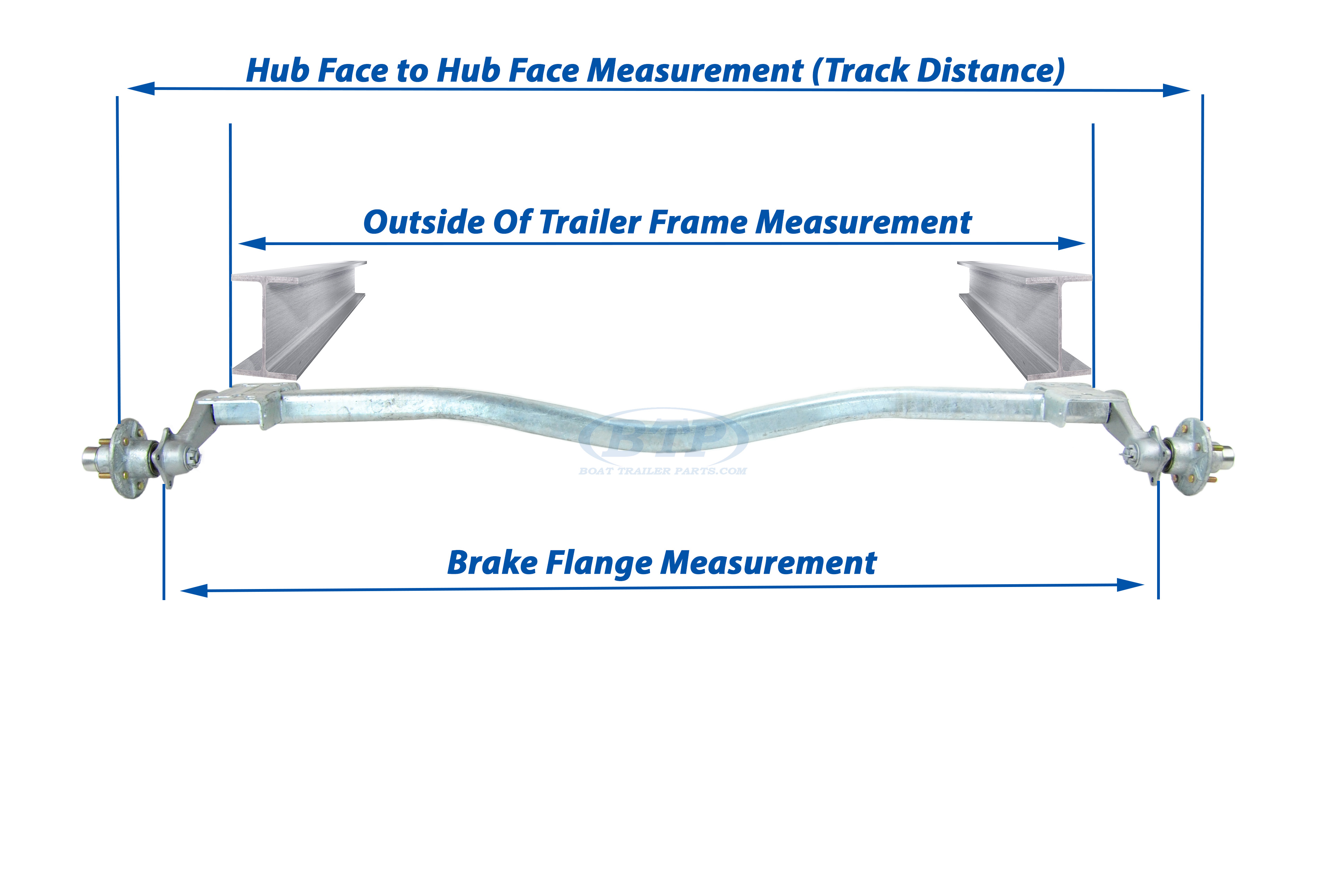Been travelling a lot with my boat this summer and recently noticed one of my tires is wearing really bad on the inside of the tire only. It's this trailer:

It's the driver side, rear axle tire, and I didn't notice it because it's only wearing on the inside edge of the tread. Wish I took a picture of the tire yesterday but it's really bald on the inside 2" of the tire. The rest of the tread looks pretty good. Anyway, I jacked up the trailer and checked the hub, it seems smooth and there is no play. What would cause the tire to wear like that? Pretty sure the tire pressures were good, but my gauge is not the best. If anything the pressure may have been a bit high. Does this mean my axle is bent? Wouldn't it be odd for my rear axle to be bent and not the front? It's a big huge torsion axle and it looks fine but who knows. Maybe it was poorly balanced?
Also, in looking for replacement tires, I notice there are two common load capacities for my size tires of 175/80/13, 6 ply load range C (1360lbs) and 8 ply load range D (1610lbs). I am only looking at radial tires. I'm guessing that my boat, motor and trailer weighs in around 4700 lbs, so technically I think I could go with either. Do I want to buy the higher weight range anyway? Or will I experience better performance with the load range C?

It's the driver side, rear axle tire, and I didn't notice it because it's only wearing on the inside edge of the tread. Wish I took a picture of the tire yesterday but it's really bald on the inside 2" of the tire. The rest of the tread looks pretty good. Anyway, I jacked up the trailer and checked the hub, it seems smooth and there is no play. What would cause the tire to wear like that? Pretty sure the tire pressures were good, but my gauge is not the best. If anything the pressure may have been a bit high. Does this mean my axle is bent? Wouldn't it be odd for my rear axle to be bent and not the front? It's a big huge torsion axle and it looks fine but who knows. Maybe it was poorly balanced?
Also, in looking for replacement tires, I notice there are two common load capacities for my size tires of 175/80/13, 6 ply load range C (1360lbs) and 8 ply load range D (1610lbs). I am only looking at radial tires. I'm guessing that my boat, motor and trailer weighs in around 4700 lbs, so technically I think I could go with either. Do I want to buy the higher weight range anyway? Or will I experience better performance with the load range C?



